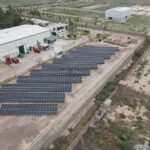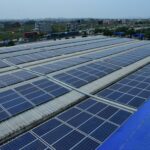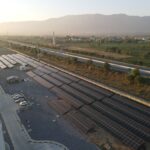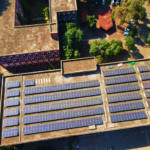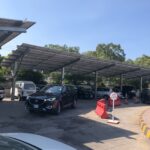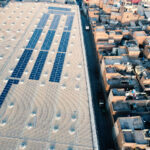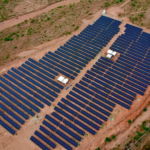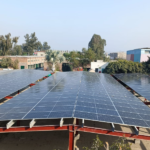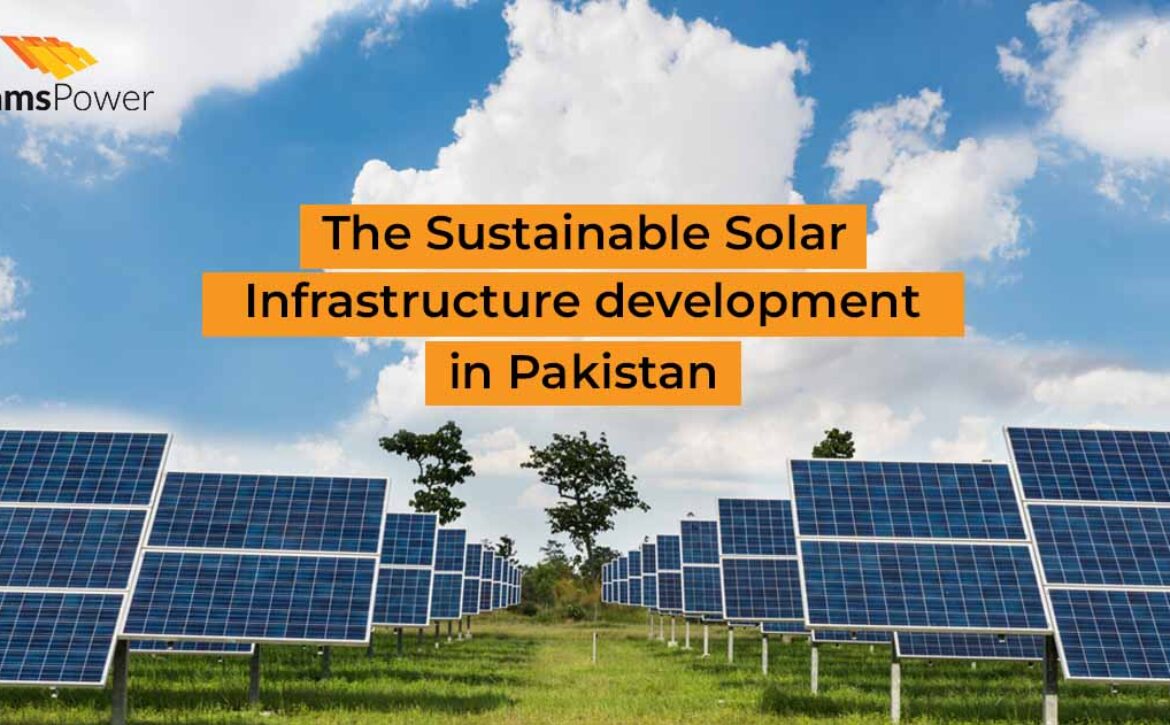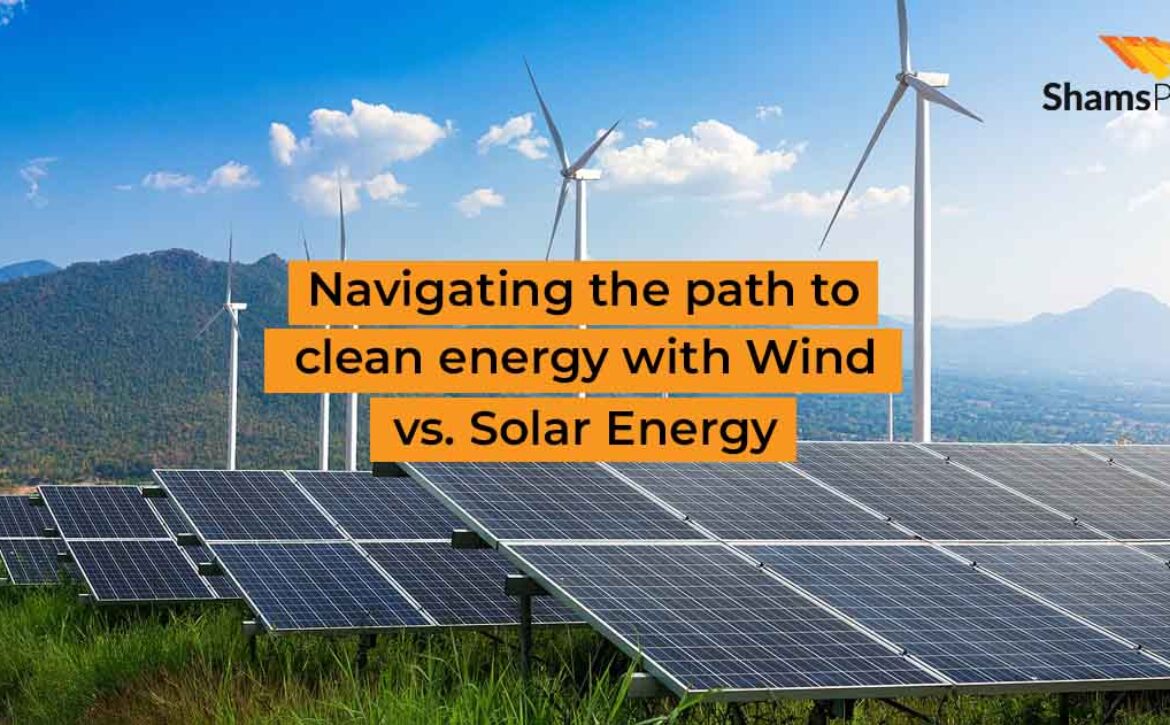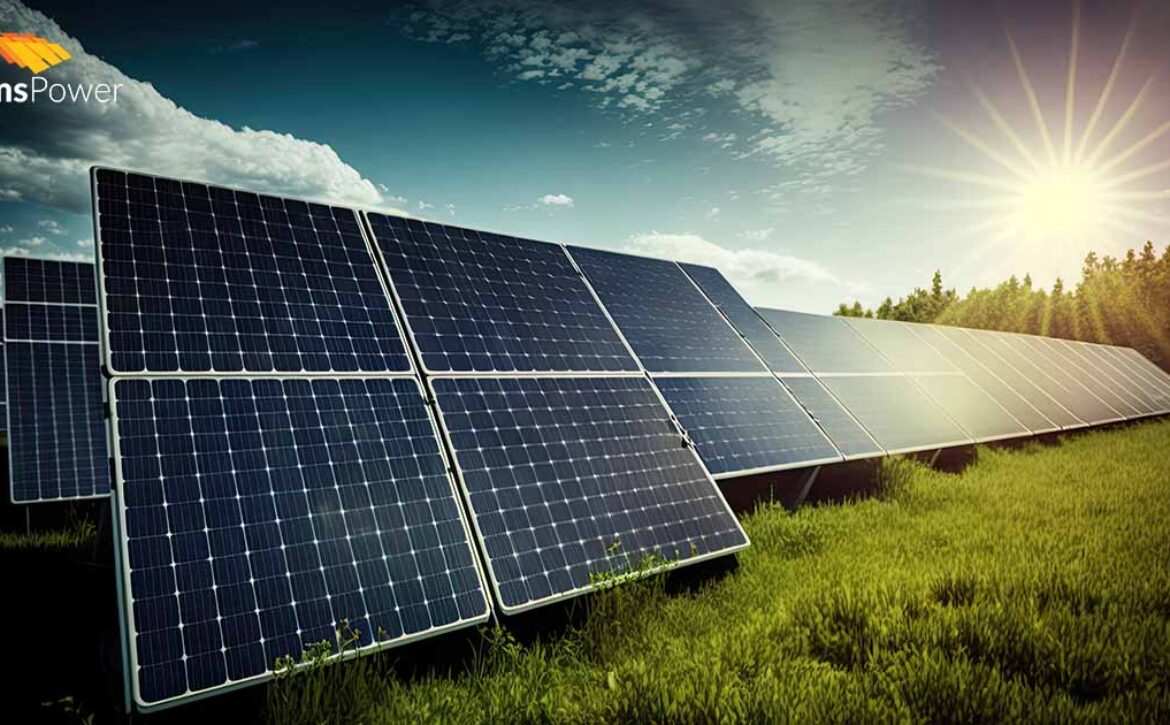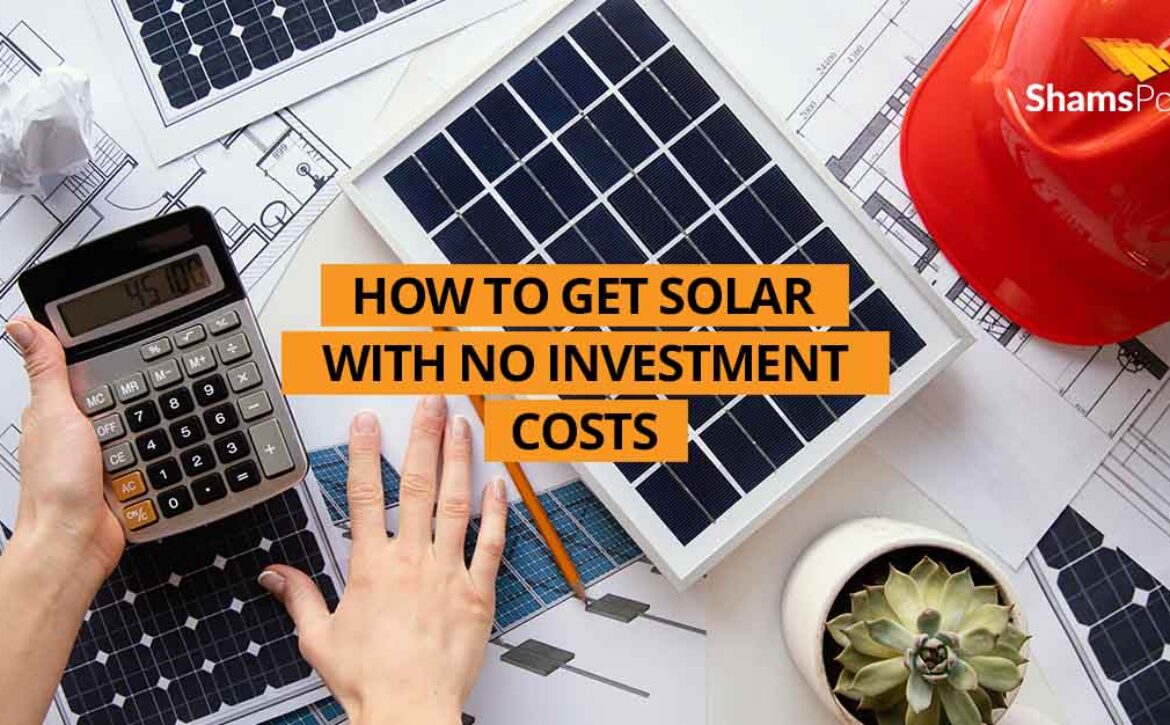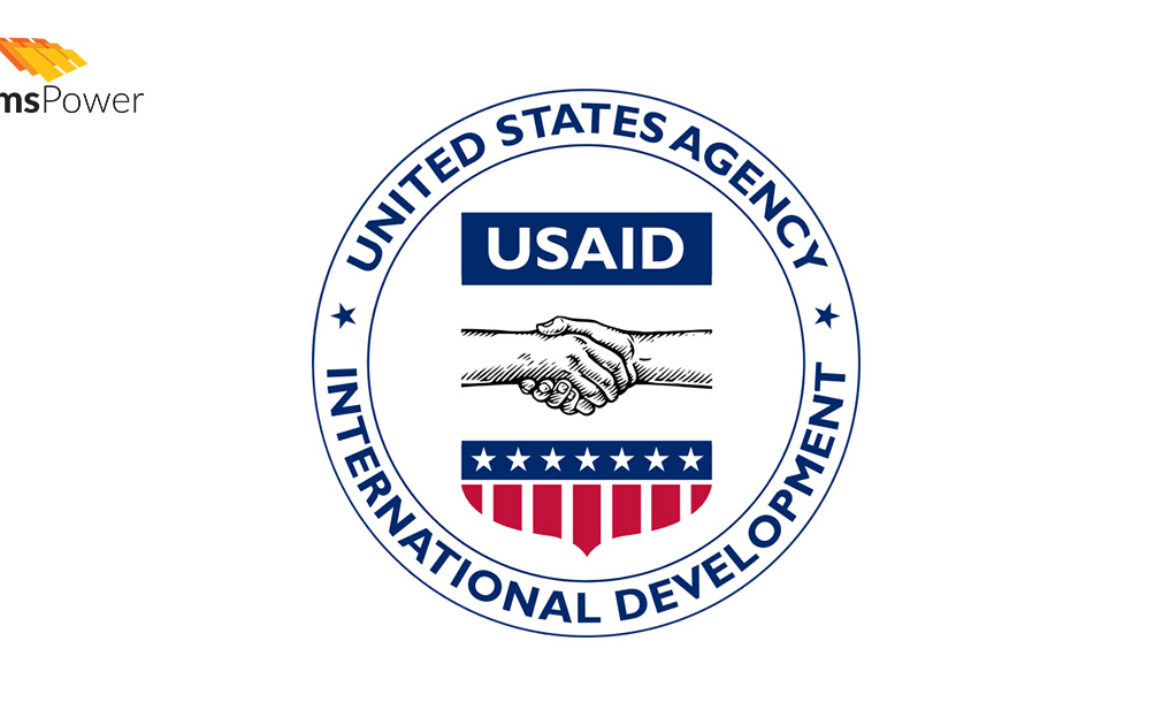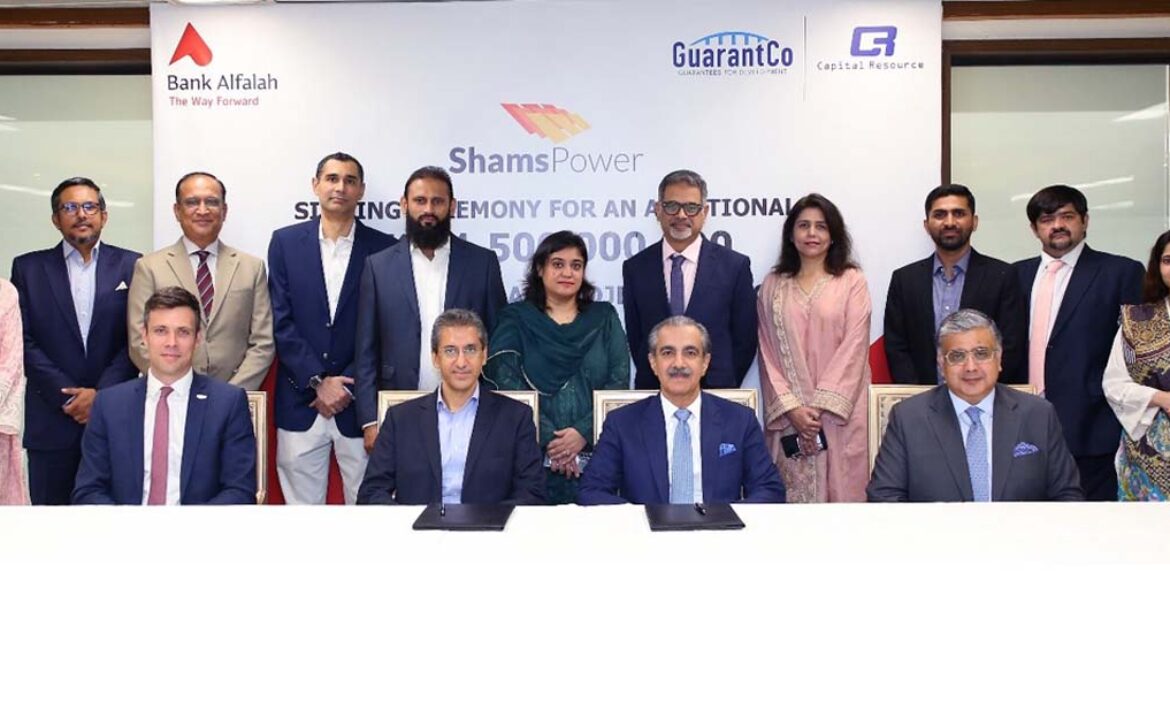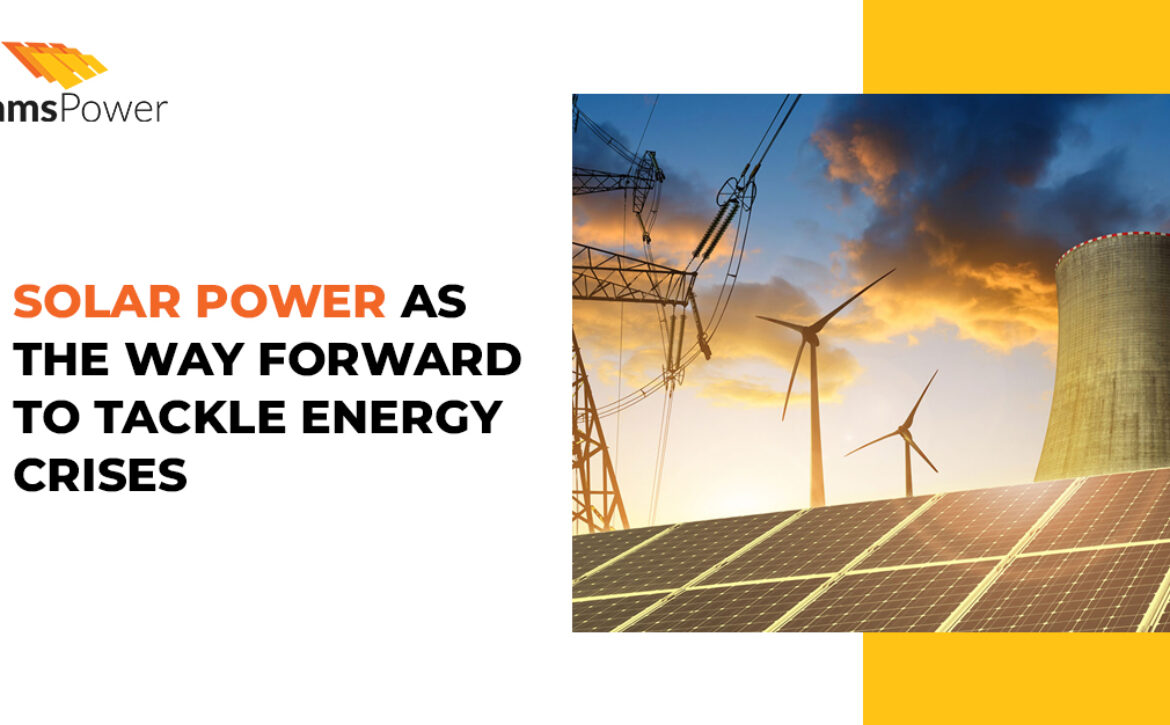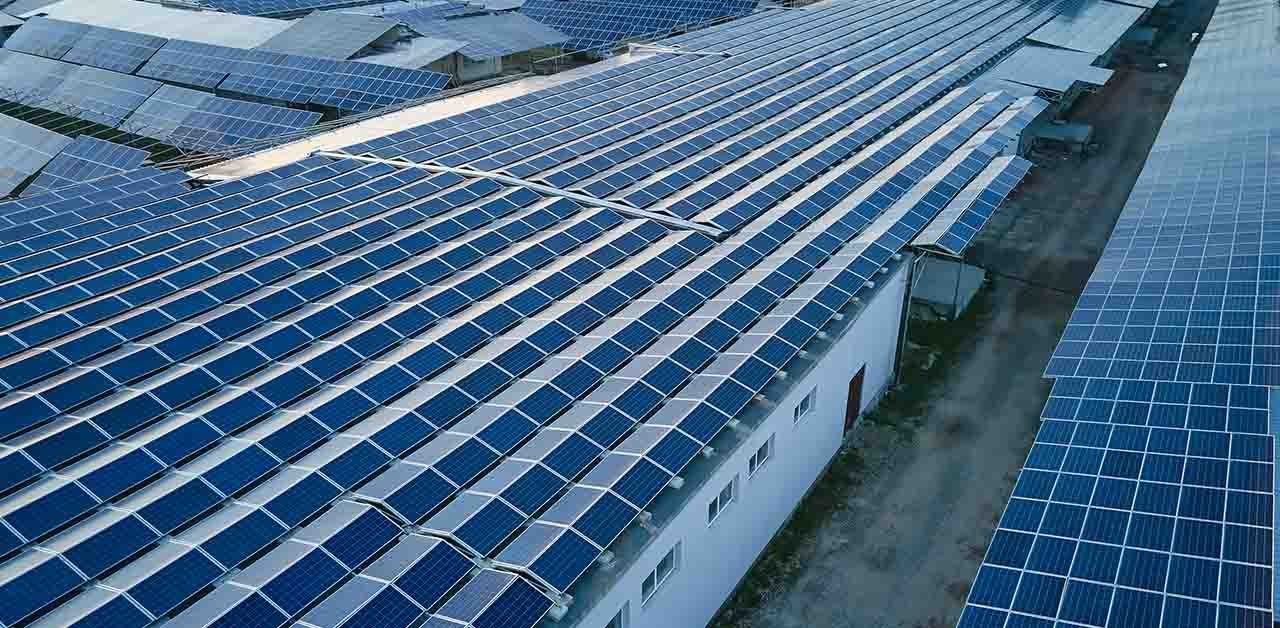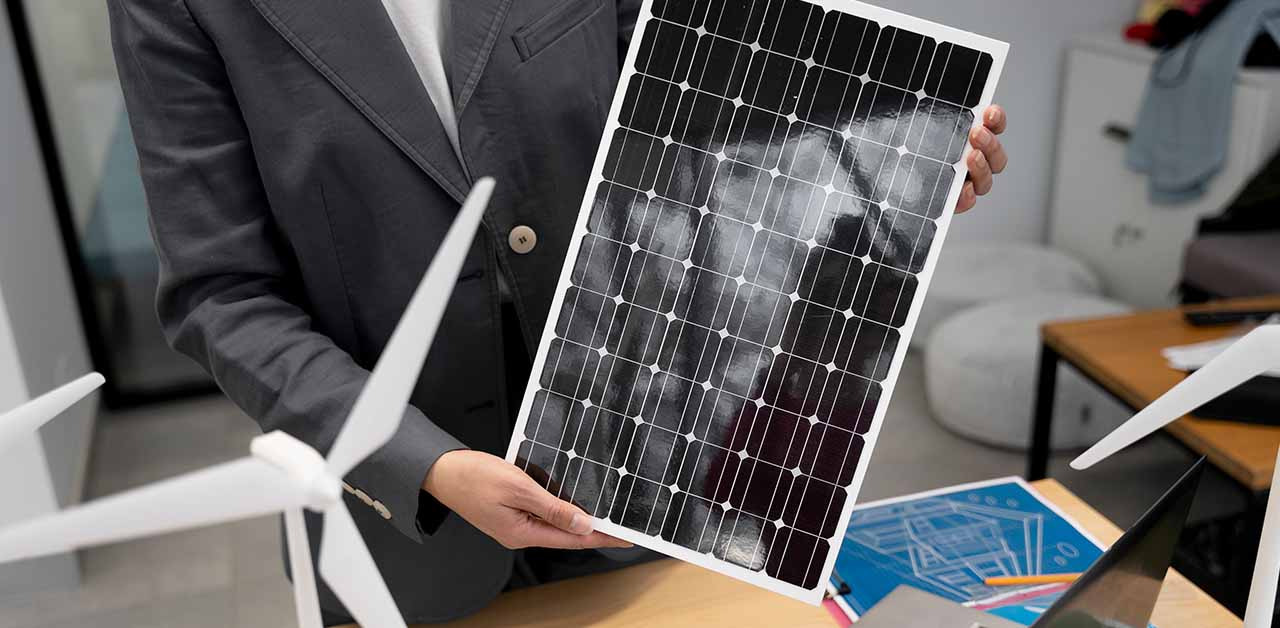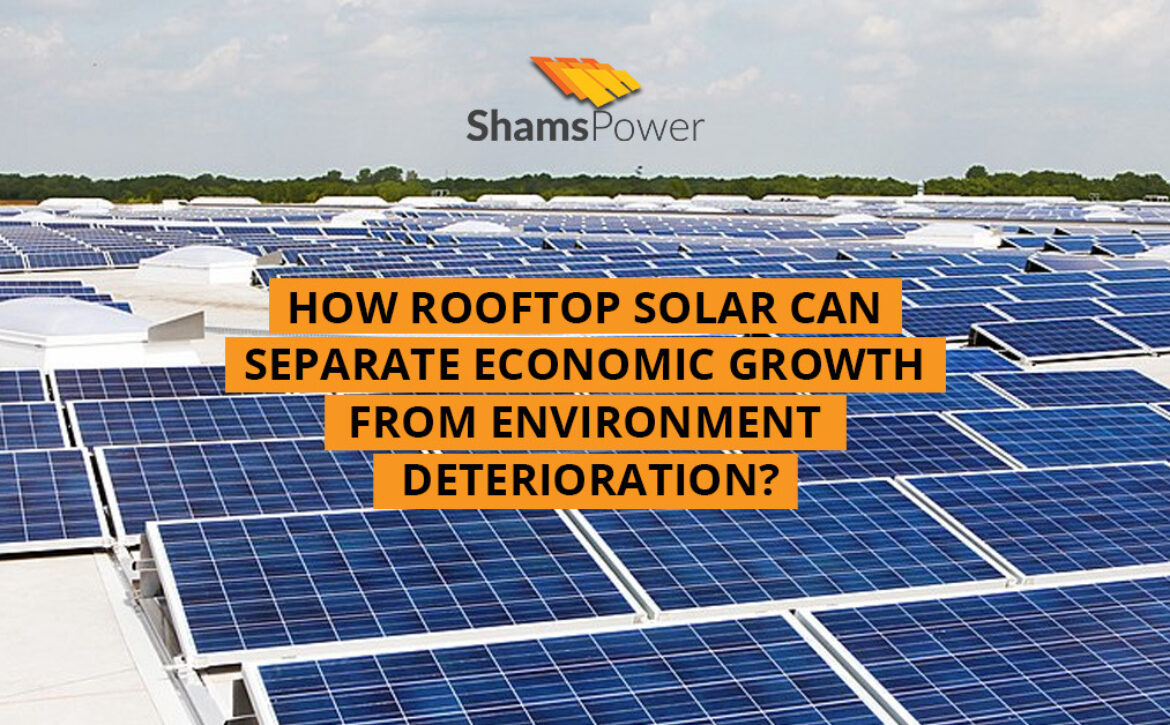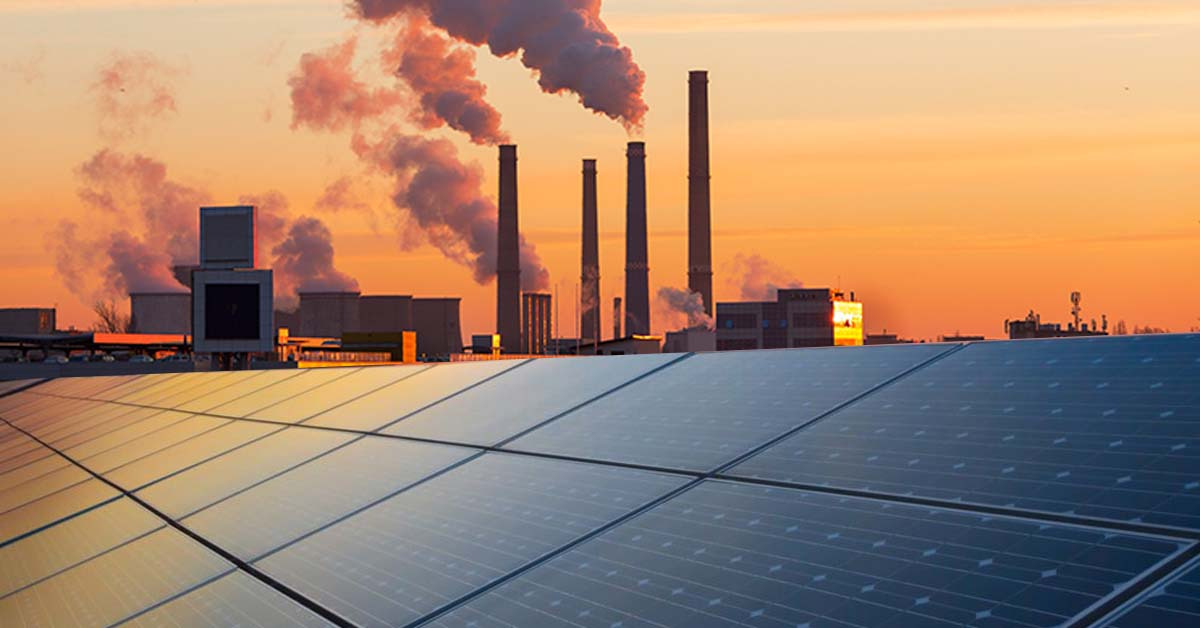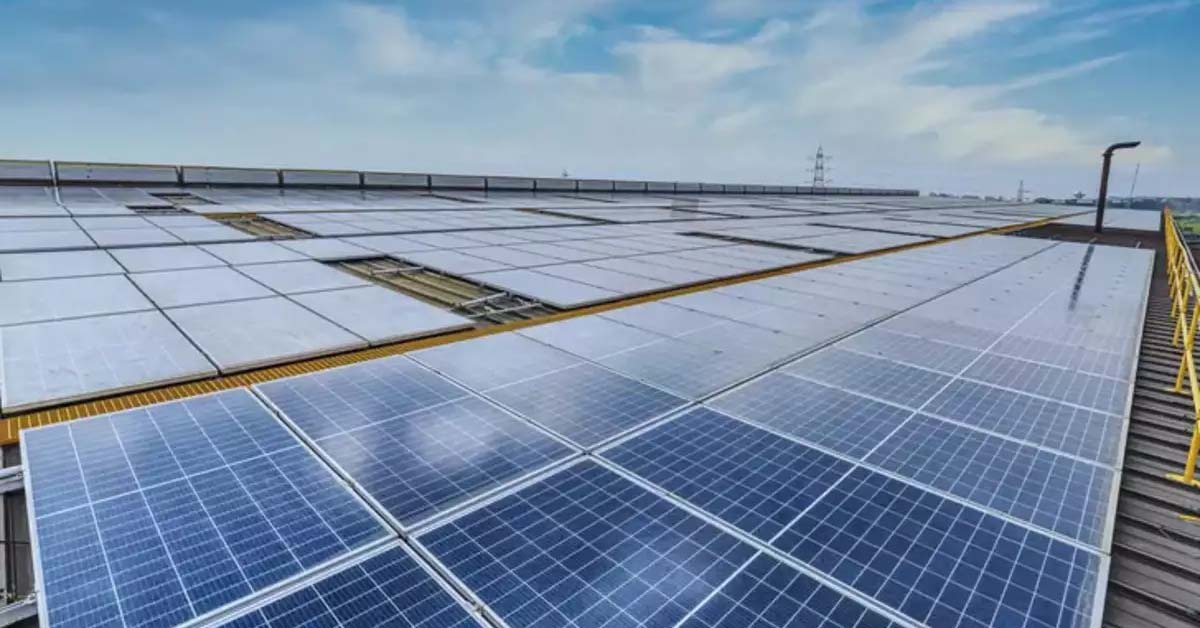The Sustainable Solar Infrastructure development in Pakistan
Despite the promising opportunities, Pakistan’s energy industry such as solar faces persistent challenges such as costly infrastructure, reliance on imported equipment, and heavy taxes.
The central issue in Pakistan’s energy predicament is its reliance on conventional fossil fuels, creating an unstable equilibrium between energy supply and demand. Regular power outages and inadequate grid connections impede the country’s development path. Despite these obstacles, there is a chance to incorporate advanced smart grid technologies and renewable energy sources (RESs) into the country’s overall energy mix.
Types of Solar Infrastructure
Windows with Solar Cells
A solar window is a solar cell that serves as transparent glass and produces solar energy. Besides being cost-saving, it is considered eco-friendly and does not take any extra space. It can be effectively used for both commercial buildings and households.
Sun-Tracking Solar Cells
Solar cells that follow the sun from east to west throughout the day were launched in December 2016. These solar cells are bowl-shaped and can be used in a Solar PV System. It employs solar trackers to track the sun to gather more of its energy. Hence, this will help produce maximum energy for the commercial and industrial sectors.
Solar cells made of silicon
Silicon solar cells have become one of the most direct sources of electricity from renewable energy sources. Researchers have also developed a bifacial silicon solar cell with efficiencies of 23.3% on the front and 23.4% on the back, thus increasing the solar cell efficiency record by 29.52 percent in December 2020. Hence, according to the International Energy Agency’s 2020 energy outlook research, these silicon cells based solar energy systems are producing the cheapest commercial electricity in history.
Photovoltaics integrated into buildings
Building-integrated photovoltaics (BIPVs) refers to incorporating photovoltaic qualities into the essential building components rather than rooftop solar panels. It means exteriors, roofs, glass windows, and all other types of shading producing the electricity that powers buildings. BIPVs effortlessly integrate into the architecture of the building, thus eliminating away the requirement for a separate mounted solar PV system installation.
Utilizing Pakistan’s renewable energy
Renewable energy initiatives provide a ray of hope for the C&I sector in Pakistan. This provides fresh opportunities for economic advancement, in contrast to the fossil fuel-centered industry, which frequently leads to environmental destruction and health risks. Renewable energy projects open up cleaner and more sustainable paths for development.
The advantages of incorporating RECs into Pakistan’s energy framework go beyond electricity generation. They can trigger a socio-economic revolution, endow businesses with energy, and unlock new opportunities for progression and growth. Pakistan can build resilience against external shocks and promote a more inclusive energy ecosystem by decentralizing energy generation and encouraging local ownership of renewable infrastructure.
In addition, implementing innovative grid technologies boosts the effectiveness and dependability of renewable energy systems. Smart grids permit monitoring energy usage in real-time, demand response, and incorporation of distributed energy resources, which optimize energy usage and minimize waste. By exploiting these sophisticated grid solutions, Pakistan can guarantee a smooth shift towards a more sustainable and robust energy future.
Achieve sustainable energy with BOOT Model
In the Solar industry, the rise of third-party ownership is the dominant model for solar installation. Adopting a PV system has become more popular with the access of feasible models such as BOOT. In the Power Purchase Agreement Model, the solar energy provider develops the solar system on the client’s property. As a result, the client gets to have a customized solar solution as per their requirements.
- BOOT Model
- Built
- Own
- Operate
- Transfer
The BOOT Model comes under a power purchase agreement where the solar expert builds, operates, and maintains on the client’s behalf. As per the Power Purchase Agreement contract, produced electricity is sold to the client through this BOOT Model.
The PPA is a long-term contract, and throughout its duration, the solar energy provider is responsible for maintaining the solar system installed at the client’s property
Companies using BOOT Model with Solar PPA
AkzoNobel Pakistan
Shams Power has supplied AkzoNobel with a customized solar system using the Build Own Operate and Transfer (BOOT) model facility under its Solar PPA Agreement. As per the agreement, AkzoNobel will produce 460 KW of DC power every year. Moreover, in terms of capital, operations, and maintenance, AkzoNobel will bear no cost.
Metro Cash and Carry Pakistan
Metro Cash and Carry Pakistan has decided to adopt sustainable solar techniques by collaborating with Shams Power. It will not only save money but also help the environment in the long run. Therefore, Metro Cash & Carry Pakistan has selected a solar-powered system for its headquarters in Thokar Niaz Beg and branches throughout Pakistan.
By using the BOOT model, this carbon-free initiative will help them save 239 tons of CO2 each year. In addition, they will get the electricity at a discounted rate and will not have to pay any O&M costs.
Packages Mall Pakistan
Packages Mall has also shifted its operations towards this low-cost renewable energy source by teaming up with Shams Power Limited. With the BOOT Model under PPA basis, they have opted to transform their business operations using more environment-friendly energy installations.
They have installed 2 MW Rooftop Solar at their premises and are benefiting from free operations and maintenance through complete energy optimization.
Work with Shams Power
Nonetheless, actualizing the complete potential of renewable energy in Pakistan demands a concentrated exertion from policymakers, investors, and stakeholders spanning various sectors. It mandates the creation of strong policies and regulatory frameworks that incentivize the utilization of renewable energy and simplify private sector involvement. Moreover, it is vital to invest in research and development to propel the development of renewable energy technologies and decrease expenses.
To conclude, Pakistan is at a crucial stage of its energy journey, where renewable energy is becoming a ray of hope in the middle of its energy predicament. Pakistan can not only surmount its energy issues but also discover novel avenues to sustainable development by embracing the immense potential of wind, solar, and biomass resources. Now is an opportune moment for courageous action and innovative investments in renewable energy, forging a brighter and more durable future for all Pakistanis.[/vc_column_text][/vc_column][/vc_row]



